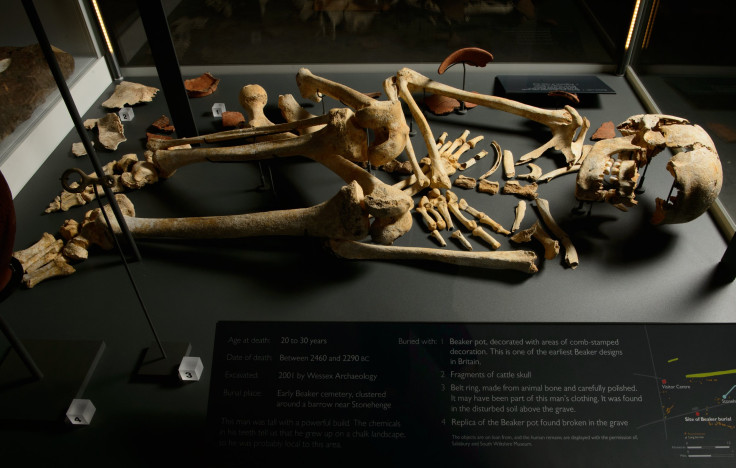Why Do Europeans Have Light Skin? Ancient DNA Reveals Answers To Modern Mysteries

Questions about modern traits, like why Europeans can drink milk while Asians can't, or why they have relatively light skin, may have explanations that date back millennia, according to new research. Mass migrations during the Bronze Age likely influenced the development of these characteristics, including where they originated and why they lasted, according to research published Wednesday in the journal Nature.
A team of scientists in Copenhagen sequenced the DNA of 101 people who lived in Eurasia during that era, which lasted from approximately 3000 B.C. to 1000 B.C. Another team from Harvard University looked at the DNA of 69 people from the same era, with similar findings.
Prior to 3000 B.C., people living in what is now Northern and Central Europe had DNA similar to the populations that predated them, such as European hunter-gatherers as well as farmers who migrated from the Middle East. But by 2000 B.C., their genomes looked somewhat different. Key to this genetic shift was the migration of the Yamnaya people, sheepherders from western Russia who arrived in the area around 2900 B.C.
Before the arrival of the Yamnaya, people in the region were rarely able to digest milk, with only about 10 percent tolerant of lactose. The Yamnaya were most likely to have introduced that ability, with natural selection helping to pass it down the generations and make it widespread, the Copenhagen team's research suggested.
But the Yamnaya are not the reason Northern Europeans are so famously light-skinned, their research also showed. Even before the Yamnaya arrived, inhabitants of the area now known as Northern Europe seemed to be light-skinned, and one theory is that members of one of the previous mass migrations -- the farmers from the Middle East -- introduced that characteristic. With light skin allowing for better vitamin D production at a latitude with less sunlight, that trait too was probably passed down through the ages.
As DNA sequencing becomes increasingly sophisticated but also less expensive, it will deliver increasingly accurate answers about how our ancient ancestors influenced modern man, filling in more and more pieces in the puzzle of human development, researchers said.
© Copyright IBTimes 2024. All rights reserved.












